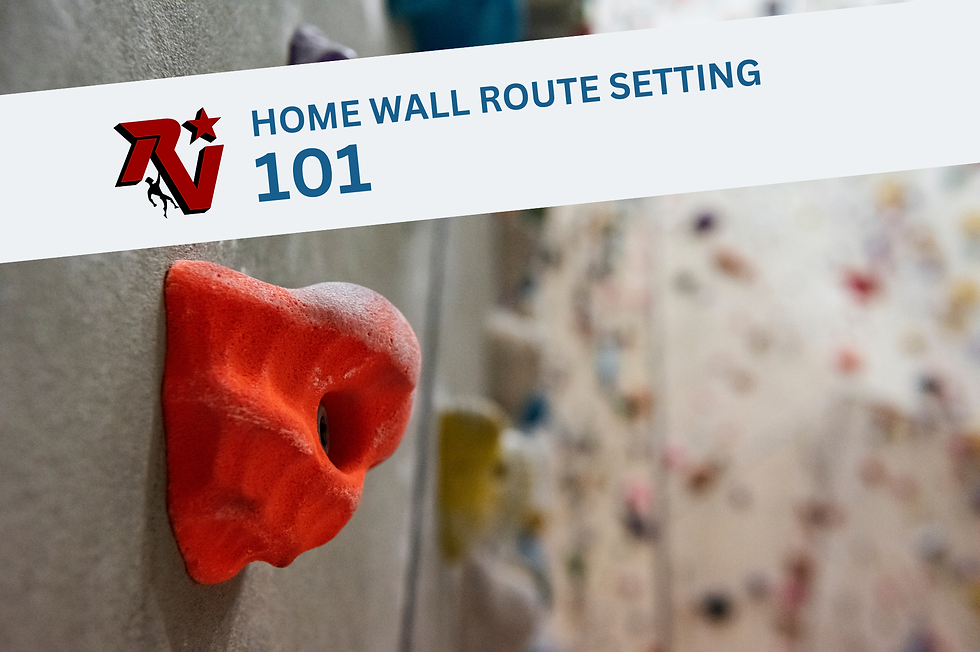Why You Should Consider a Home Climbing Wall
- Dovi Hirsch
- Oct 30, 2023
- 2 min read
by Christopher Schafenacker

If you’ve spent any amount of time at climbing gyms around the country this past decade, you’ve witnessed the steady proliferation of the training board. While there’s nothing new about a densely set wall pitched at a steep angle (this is where indoor climbing began, after all), there is something new about the presentation and popularity of this undeniably effective training tool.
The first training boards were rickety plywood constructions mounted in your buddy’s garage and populated with everything from bottle caps to bits of scrap wood. Nowadays, they are towering monuments decorated with sculpted holds and blinking lights—and they pack a greater quantity of problems than even the biggest mega-gym.
The MoonBoard, Kilter Board, and Tension Board—to name just the most popular brands—have revolutionized the way present-day crushers train. By copying, pasting, and uploading the way past crushers trained onto fancy apps, you not only can session with your friends, but literally the entire global climbing scene. It’s fun, effective, and a reminder that what has always worked still works—which is why you should consider a home climbing wall.
You do not need an expensive, brand-name board to gain the benefits this style of climbing has always provided. Indeed, you might even be better off without one. The Moon, Kilter, and Tension boards are beautiful and convenient—and come with the benefit of thousands of established problems. However, they are also limited to a specific climbing style that won’t align perfectly with your needs. A well-set home wall, on the other hand, may not be flashy, but it will provide exactly what you’re looking for because, well, you’re the one in charge of design.
This may sound like precisely the sort of tailored logic a manufacturer of home climbing walls would pitch and, while, yes, there’s an element of that, it’s also a truth accepted by the world’s best climbers. Adam Ondra insists his home wall is his favorite training tool. Alex Megos cut his chops on the spray wall at Café Kraft. Jakob Schubert, Stefano Ghisolfi, and Ondra all train on a spray wall when trying to stay fighting fit while projecting in Flatanger. Each of these crushers could use any board they want (and be paid to do so) but they choose the precision of a home wall because, however simple, it works.
Featured Climbing Training Gear
Maverick: The on-the-go, bring it anywhere hangboard. On a family road trip to keep your fingers in shape. We like to bring this to the crag with us to keep our fingers warm—without losing skin on mediocre warm-ups—at that steep, thuggy sport crag.
Pinch Blocks: Don't let pinch strength stop you from sending! Use it while hanging, lifting, and even for one arm hangs; featuring various widths for pinching, a 20 mm edge, and a jug.
The Rock-Stah: Our handcrafted version of a traditional hangboard, with curving crimp rails to help alleviate unnecessary strain on your pulleys. Because ain’t no one got time for a finger injury…
The Rocket Wall: Available in 6’ and 8’ widths, it’s been tough for us to keep up with the demand for this innovative home climbing wall solution. Slightly overhanging, the Rocket Wall is big enough to set routes on, or to build a systems board.











Comments